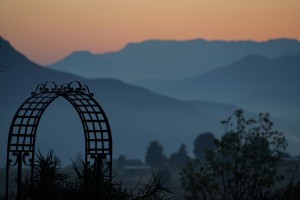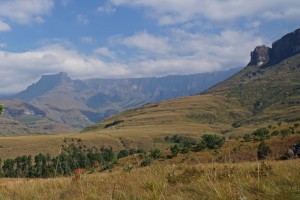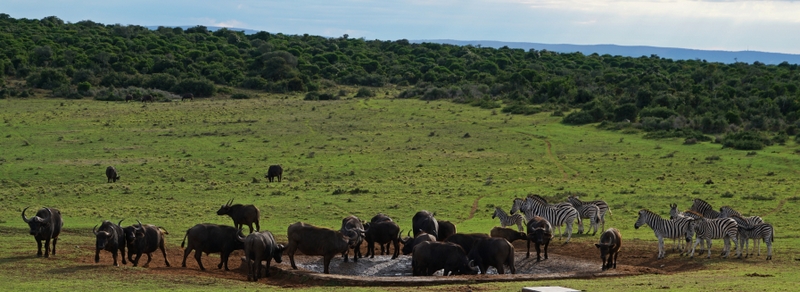20-day Trip: Part 2 – Lesotho, uKhahlamba Drakensberg National Park & Durban May 13 – 18
Day 8 (May 13 Friday): Addo Elephant National Park – Cinsta
 We had a long driving day due to unforeseen circumstances. Mat’s plan was to drive to Cinsta after having a morning game drive in the park. We had breakfast at 6am and were at the park gate around 7:15am. We were taken to the interpretive centre which has lots of interesting displays including the heads with the horn of the common species of antelopes, a bone of a Southern Right Whale, the head of Harpoo (a legendary 44-year-old head elephant for 26 years that was shot dead in 1966) and hundreds of bird eggs.
We had a long driving day due to unforeseen circumstances. Mat’s plan was to drive to Cinsta after having a morning game drive in the park. We had breakfast at 6am and were at the park gate around 7:15am. We were taken to the interpretive centre which has lots of interesting displays including the heads with the horn of the common species of antelopes, a bone of a Southern Right Whale, the head of Harpoo (a legendary 44-year-old head elephant for 26 years that was shot dead in 1966) and hundreds of bird eggs.
The weather was excellent and the morning lights were great for photography. Again, we saw zebras, antelopes (eland, kudu and impala), warthogs, plenty of buffaloes and an elephant. As it rained heavily the night before, there were not few animals at water holes.
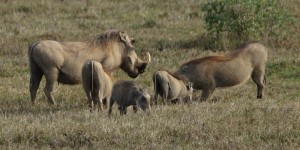 |
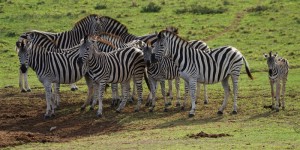 |
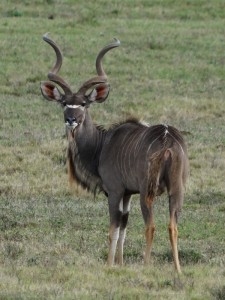 |
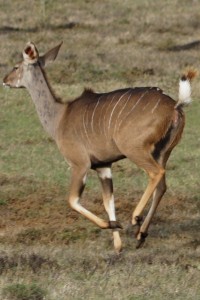 |
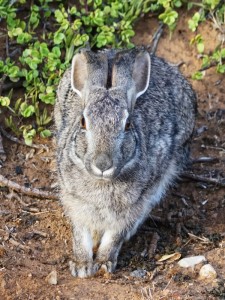 |
The truck had a problem with the windscreen and Ben had to take it to Port Elisabeth for repair. Located about 770km east of Cape Town, Port Elisabeth founded as a town in 1820 to house British settlers as a way of strengthening the border region between the Cape Colony and the Xhosa, is the southernmost city on the African continent and one of the largest cities in South Africa with a population of 1.3 million.
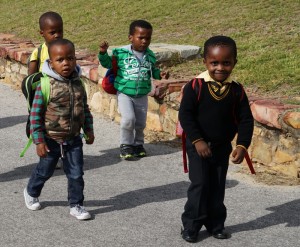 |
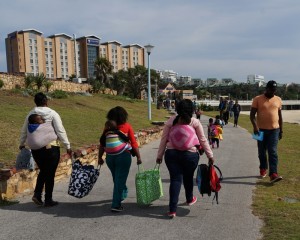 |
We left the park before 11am and arrived at the Nelson Mandela Bay which is lined with modern hotels and resorts. Mat told us to spend an hour on our way and come back at 1 pm to see whether the truck would be ready.
Given the short time available, most of us just hanged around the bay area and went to a large mall nearby. Mat took us to a restaurant for lunch when he had no news from Ben. We were given R65 each to spend on food and drink and had to pick up the rest of the bill ourselves. I had pasta which is a welcoming change to a sandwich lunch by the truck. We waited till 3:30pm before hitting the road again. As a result of this, we lost about four hours and did not arrive at the Areena Lodge in Cinsta till almost 9pm. Exhausted after a long day, we were glad to have lasagne and salad for dinner at the restaurant. I had a nice cozy room and slept very well.
Day 9 (May 14 Saturday): Cinsta, South Africa – Malealea, Lesotho
I had a chance to walk around the lodge which is located on a river bank with lush vegetation. Unfortunately, we had to leave at 7:30am as our next destination in Lesotho is over 350km away.
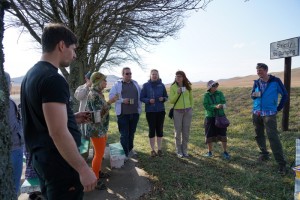 |
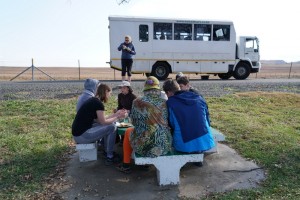 |
Today is Martin’s 40th birthday. During the 45-minute shopping break in Queenstown, one of the poorest townships in Eastern Cape. Sam and others rushed to stock up drinks for the next few days. Mat suggested us buy something for the children of the school that we would be visiting the next day. While others bought sweet and stationary, I prefer to give them fresh apples and tangerines which are good for their health. They are unlikely to get them in the village.
We had a truck lunch by the road side where we sang “Happy Birthday” to Martin. Back on the truck, Sam gave him a nice surprise – a colourful birthday cake! We entered Lesotho at theVan Rooyens Gate just before 5pm. The immigration office is housed in a container at the border: the surrounding and appearance of the people with their Basotho blanket reminds me of some of the poor West African countries I have visited.
The major border town is Malfetang. The most prominent signboard caught my attention is the promotion of the use of female condom. The road is not good without street lighting and signage. Ben took hours to navigate the winding narrow dirt road with plenty of portholes to Malealea Lodgedeveloped by a foundation is a success story of sustainable and eco-tourism.The lodge has attracted many visitors thus providing jobs and a steady income to support the village, the school and other facilities.
We had a proper kitchen with a large dining room with a fire. We had stir-fry beef, fried rice and salad for dinner with wine glasses. We carried on celebrating Martin’s birthday and consumed lots of wine and alcohol!
I stayed in a lovely toy-like traditional round mud hut with a hatched roof with an unobstructed panoramic view of the surrounding mountains. Electricity is available from sunset till 9:30pm. Hence, a torch/ head lamp and candles are indispensable. I had a wonderful sleep after a long travel day. Felis was sick with a temperature and a soar throat: she looked miserable and spent the next day in bed.
Day 10 (May 15 Sunday): Malealea
Lesothoisa landlocked country completely surrounded by South Africa with an area of 30,000km² and a population of 2 million (over 99% belong to the ethnic group of Basotho). It is the only independent state in the world that lies entirely above 1,000m in elevation. Ruled by a hereditary monarch, this mountain kingdom was a British protectorate till its independence in 1966.
![lesotho-map-physical[1]](http://www.sarahontheroad.hk/wp-content/uploads/2016/05/lesotho-map-physical1-300x232.jpg) Economically integrated with South Africa, the economy of Lesotho is based on agriculture, livestock, manufacturing and mining and depends heavily on in flow of remittances and receipts from the Southern African Customs Union. Water and diamond are its important natural resources. Itis the largest exporter of garments to the US from sub-Saharan Africa.
Economically integrated with South Africa, the economy of Lesotho is based on agriculture, livestock, manufacturing and mining and depends heavily on in flow of remittances and receipts from the Southern African Customs Union. Water and diamond are its important natural resources. Itis the largest exporter of garments to the US from sub-Saharan Africa.
The majority of households subsist on farming. It is one of the world’s poorest countries: about 40% of the population lives below the international poverty line of US$1.25 a day. The GDP (PPP) and GDP(PPP)per capita estimate for 2016 are $2.096 billion and $3,133 respectively.
Lesotho has a high adult literacy of over 80% but one of the world’s highest HIV/AID prevalence rate of 23.6% according to 2009 estimates. With international assistance and through education targeting particularly at urban females, the rate has dropped slightly in recent years.
I was glad to have a leisure day on Sunday. The place is even quieter as kids do not need to go to school and the local shops are closed. I fall in love with this rustic, picturesque, peaceful and charming corner of world and am most impressed by the expansive landscape with scattered small villages perching on the plateau or in the bally, rugged mountain ranges, large farming and pasture fields. The air is fresh and the sky is blue. I am glad to find few litters on the roadside.
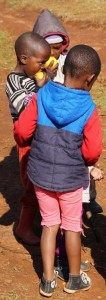 |
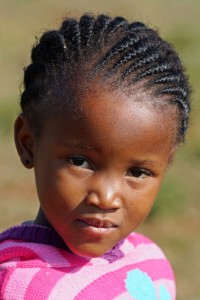 |
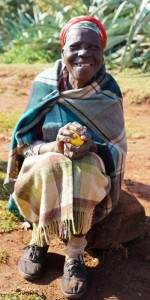 |
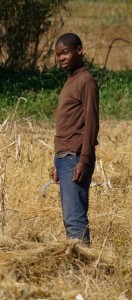 |
Mat prepared pancakes as a treat for breakfast (I am not a big fan of pancake but fully appreciate his initiative). Around 10am, we set off on a village tour with a local guide. The village has about 100 households with a population of 500. Most families live on subsistence farming.
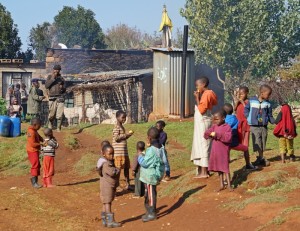 |
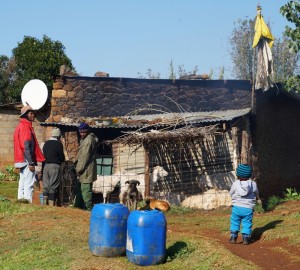 |
I carried seven heavy bags of fruits for the school kids. As the guide said the school visit would be at the end of the 2-hour walk, my heart sank. So when I saw dozens of kids in the field near a communal water tap, I decided to give some away to lighten my burden. The guide asked the kids to line up and some adults joined the queue as well. Some looked at the tangerine with curiosity and did not know how to peel off the skin. I did the job for a couple of kids. I hope for those who had never had a tangerine before, they like the taste and enjoy the experience.
Our first stop was a local beer house: a 60-year-old lady brews beer in her house for a living. The income has enabled her to raise three kids on her own since the death of her husband. She looks healthy and happy.
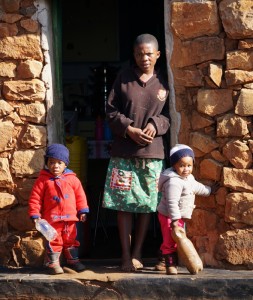 |
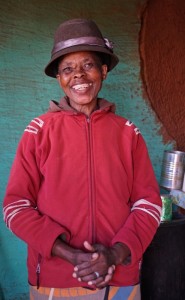 |
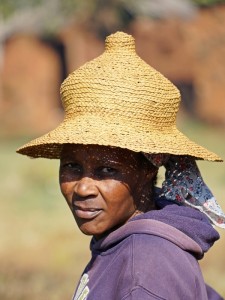 |
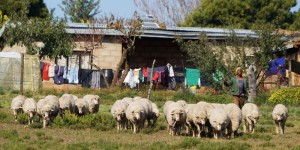 |
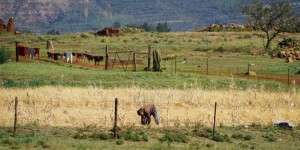 |
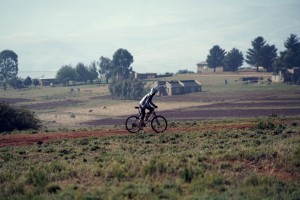 |
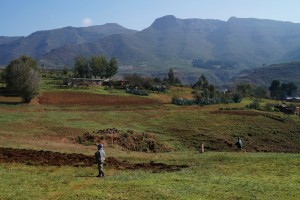 |
Village life in a poor country is harsh (not romantic). Most families grow vegetables in a small plot next to their house and some keep livestock. The communal water tap is one of the gathering points in a village. I watched with delight a boy (perhaps about 10-years-old) taking a herd of sheep for grazing and a man cutting dried hay in a field.
We next stopped at a house where some orphans live and learn handicraft skills. Then we walked past the house of the chief which is modest.
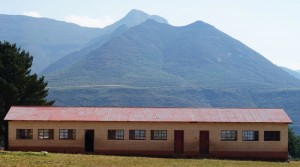 Finally we arrived at the school which has been built with donations from visitors. A teacher met and briefed us about the school with about 250 students in seven classes. Primary education is free but students have to pay for their own uniforms. While the government pays the salary of teachers, the school looks for funds to provide better facilities such as building one more classroom. The school though basic is tidy and airy. I am sad to know some students are orphans. The school allows them come though they do not have uniform which costs as much as R600 which is a lot of money. We all made a small donation to the school. I am interested to help, the orphans in particular. The teacher immediately followed up by sending me a list of items for sponsorship. I would follow up with the foundation later.
Finally we arrived at the school which has been built with donations from visitors. A teacher met and briefed us about the school with about 250 students in seven classes. Primary education is free but students have to pay for their own uniforms. While the government pays the salary of teachers, the school looks for funds to provide better facilities such as building one more classroom. The school though basic is tidy and airy. I am sad to know some students are orphans. The school allows them come though they do not have uniform which costs as much as R600 which is a lot of money. We all made a small donation to the school. I am interested to help, the orphans in particular. The teacher immediately followed up by sending me a list of items for sponsorship. I would follow up with the foundation later.
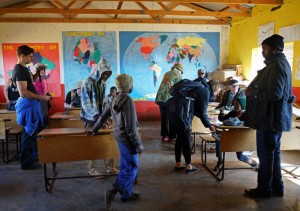 |
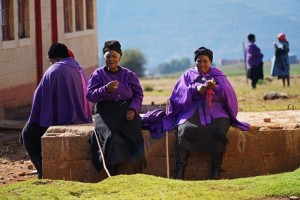 |
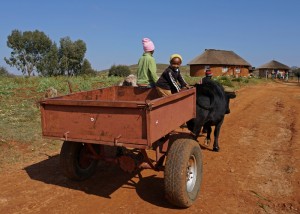 |
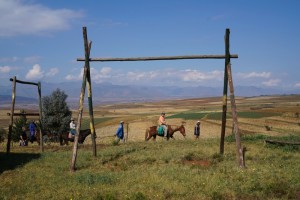 |
I saw several ladies in the Sunday attire ready for the church. We visited the arts and craft centre before returning to the hotel after midday.
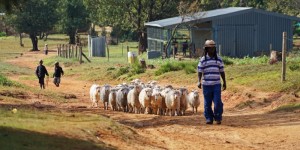 |
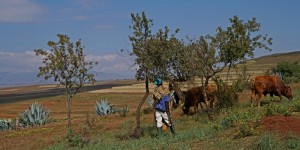 |
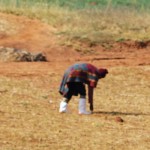 |
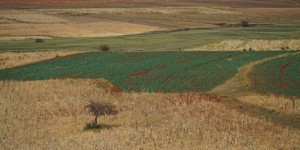 |
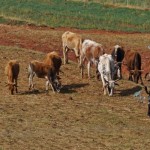 |
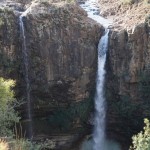 We had hamburger for lunch at 1pm. As Birgit, Daniel, Martin and I had to rush off on a 4-hour guided walk to a waterfall, we snatched one and dashed off. I have seen many waterfalls and am more interested in the landscape and scenery along the hike and the exercise. I love to explore beyond the village. The 6-km walk is not strenuous: we first descended into the valley below the village and followed the river hopping from one side of the river to the other. Then we walked uphill for 15 minutes before arriving at a viewpoint of the waterfall from above. We paid R60 each for the guided walk and I gave him a tip of R40. I hope even a small sum can help his family.
We had hamburger for lunch at 1pm. As Birgit, Daniel, Martin and I had to rush off on a 4-hour guided walk to a waterfall, we snatched one and dashed off. I have seen many waterfalls and am more interested in the landscape and scenery along the hike and the exercise. I love to explore beyond the village. The 6-km walk is not strenuous: we first descended into the valley below the village and followed the river hopping from one side of the river to the other. Then we walked uphill for 15 minutes before arriving at a viewpoint of the waterfall from above. We paid R60 each for the guided walk and I gave him a tip of R40. I hope even a small sum can help his family.
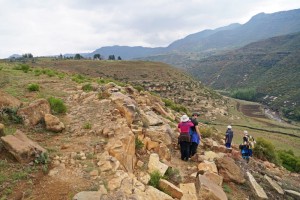 |
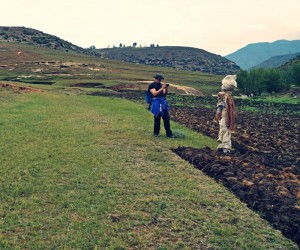 |
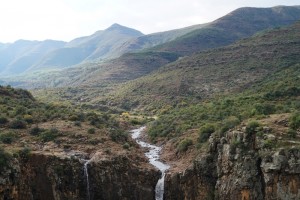 |
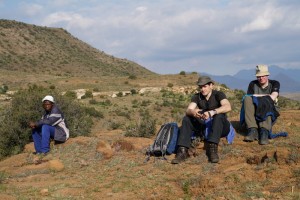 |
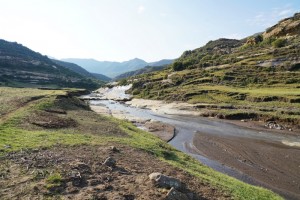 |
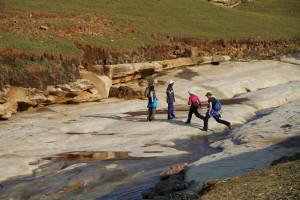 |
My new hiking boots were hurting me. I struggled to get back to the lodge. After a quick hot shower, I joined others to watch a performance by the village choir and a band. The music and dance by the band are lively.
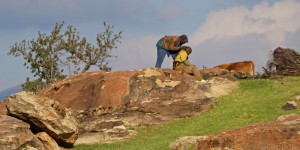 |
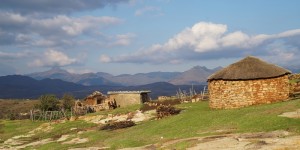 |
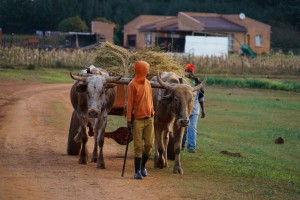 |
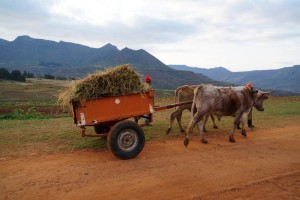 |
Mat spent the whole afternoon preparing a traditional chicken stew with plenty of vegetables in a large iron pot in open fire. The chicken was most delicious. I had a wonderful day!
Day 11 (May 16 Monday): Malealea, Lesotho – Drakensberg
We had breakfast at 6:30am and set off in a sunny and warm day. The first photo stop was the Gate to Paradise a short drive from the lodge. It’s picturesque with morning mist veiling distant mountains and the valley.
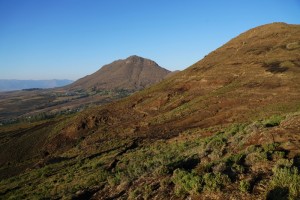 |
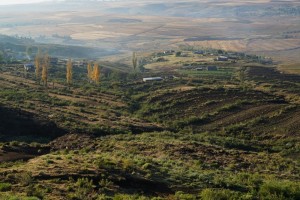 |
Then we drove past Maseru, the capital and largest city before crossing the border at Maseru Bridge. The largest and newest building I have seen in Lesotho en route is the Chinese Embassy. The border buildings are surprisingly large, new and tidy (but the toilet does not work).
Today, we made remarkably good progress and were rewarded with an extended lunch break of an hour and a half at Clarens a pretty town. At 1:30pm, we were on the road again. We had two more photo stops in the small but scenic Golden Gate Highlands National Park.
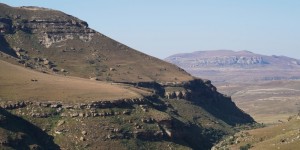 |
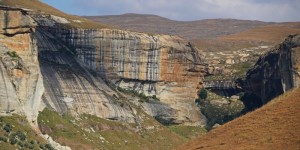 |
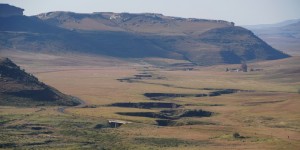 |
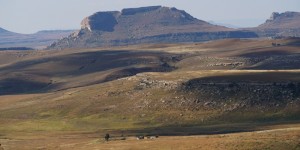 |
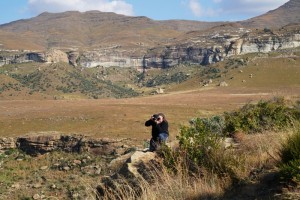 |
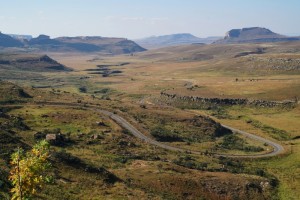 |
At 4pm, we arrived at the Drakensville Resort where we would stay two nights. The most leisure travel day of the entire trip!
Day 12 (May 17 Tuesday): uKhahlamba Drakensberg National Park
The uKhahlamba Drakensberg National Park (242,813 ha) is part of the Maloti Drakensberg Transboundary World Heritage Site (the other part is the 6,500ha-Sehlabathebe National Park in Lesotho). It is renowned for its spectacular natural landscape, importance as a haven for many threatened and endemic species, and for its wealth of rock paintings made by the San people over a period of 4000 years.
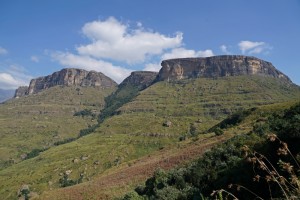 |
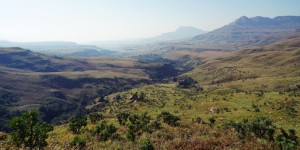 |
The Maloti Drakensberg range of mountains constitutes the principal water production area in Southern Africa. The areas along the international border between the two countries create a drainage divide on the escarpment that forms the watershed for two of southern Africa’s largest drainage basins. The Thukela River from uKhahlamba Drakensberg Park flows eastwards into the Indian Ocean. The Senqu/Orange River of southern Maloti Drakensberg including the flows westwards into the Atlantic Ocean.
The scenery with rugged mountains on one side and expansive flat land and valleys on the other side is impressive. But we only had a glimpse of a tiny part of the northern section of the park. The most scenic spots including the Tiger Falls and Amphitheater were not on our itinerary.
I set off with my walking poles for the 4-hour hike to Gudu Fall with Mat and truck mates. We followed a well-marked trail walking through grassland, boulders and wooded forest and saw many baboons. It’s a bad day for Sam who fell a couple of times on the muddy and slippery path and rocks. I enjoyed the exercise though the scenery is not special by my standards.
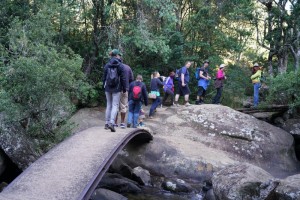 |
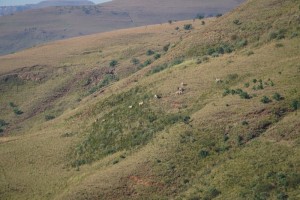 |
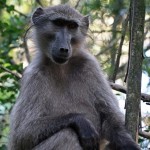 |
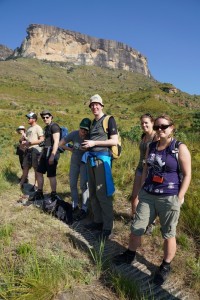 |
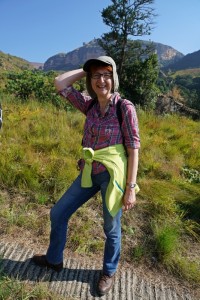 |
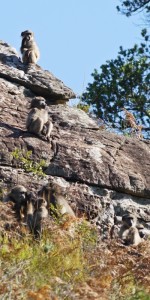 |
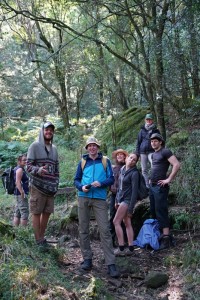 |
We were back on the truck after 2pm and spent an hour looking at rock painting with a local guide.
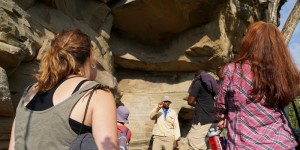 |
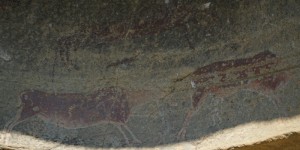 |
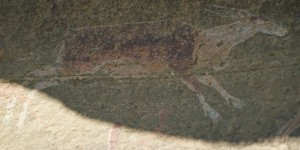 |
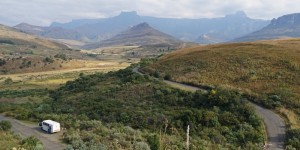 |
It was after 4pm when we returned to the hotel. My original plan was to swim in the heated pool before having a massage around 5pm. Since I did not have enough time for both, I skipped the massage and enjoyed the boiling hot water in the pool for half an hour before a pre-dinner drink with Anke followed by dinner at 6:30pm. What a busy day!
Day 13 (May 18 Wednesday): Drakensberg – Durban
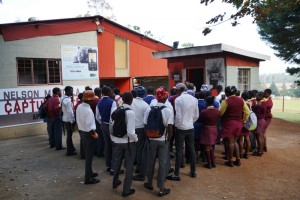 We had a busy morning with two stops en-route to Durban. First, we had a 45-minute break to visit the historical Mandela capture site in kwaZulu-Natal. The museum is small loaded with lots of information and photos on Mandela’s family, upbringing, how he got into politics, his years in prison, struggle for freedom and achievements. I did not have enough time to look at the exhibits. But I come out with two good messages.
We had a busy morning with two stops en-route to Durban. First, we had a 45-minute break to visit the historical Mandela capture site in kwaZulu-Natal. The museum is small loaded with lots of information and photos on Mandela’s family, upbringing, how he got into politics, his years in prison, struggle for freedom and achievements. I did not have enough time to look at the exhibits. But I come out with two good messages.
First during his Africa trip in 1962, Mandela met Colonel Boumedienne of the Algerian Liberation Army in Morocco who gave him some simple but very powerful advice i.e. “Take care not to be romantic or unrealistic. The object of most armed liberation movements is not to overthrow regimes but to bring them to the negotiating table”.
The second one is “When Mandela went to prison, he was an angry man, appalled at the miscarriage of justice. Those years in prison were quite crucial. Suffering deepened his spiritual resources, and he grew in that time in magnanimity and generosity of spirit”.
Visitors take a long walk to see an impressive sculpture in honour of “Madiba” and to pay respect to one of the greatest human beings in the 20th century. A new museum is under construction and I hope the curator will do a proper job in presenting the life and achievements of Mandela.
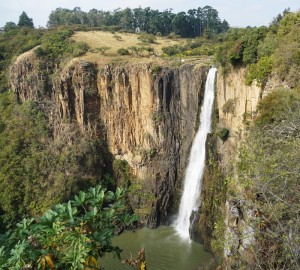 |
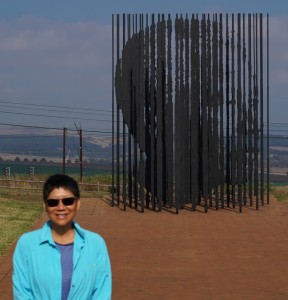 |
The second stop was Howick where we had an hour and a half to see the 95metre-high waterfalls and stroll around the town. While I prefer more time at the first stop, I suppose the majority look for enough time for a coffee and shopping. Around 1:30pm, we arrived in Durban, South Africa’s second largest city with a population of over 3.5 million.
Brief history of Durban
In 1824 a party of 25 men under British Lieutenant F G Farewell arrived from the Cape Colony and established a settlement on the northern shore of the Bay of Natal. Zulu King Shaka granted Fynn, a British who came with Farewell, a ’30-mile” strip of coast a hundred miles in depth (50kmx160km) of land as a token of gratitude for his help during a battle. In 1835 a meeting of 35 European residents decided to build a capital town and name it “d’Urban” after Sir Benjamin d’Urban, then governor of the Cape Colony. In 1860s, the British established a sugar cane industry in the area and brought thousands of indentured labourers from India on 25-year contract. As a result, Durban has the largest Asian community in Africa and the largest Indian population outside India.
Today, Durban is a vibrant city with the busiest container port in Africa. It is also a popular tourist destination as a gateway to national parks, historic sites of the Zulu Kingdom and the Drakensberg. Its most popular beaches are located along the Golden Mile.
As we could not check in till 2pm, Mat arranged us to have lunch on South Beach close to our hotel. Originally, I planned to spend the afternoon to explore the city and its markets on foot. Unfortunately, by the time I got my room key and ready to set off, it was almost 4pm. On reflection, I should have skipped lunch and went off on my own.
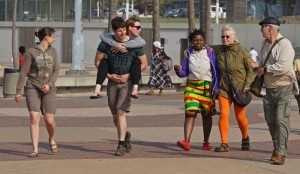 |
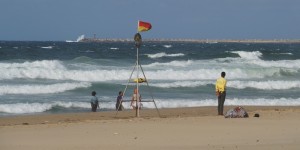 |
I asked the receptionist on the best way to see the city. On his advice, I took a public bus to downtown (R5.5 for a single ticket). As the markets are closing around 4pm and it is not safe to walk alone after dark, I had no option but to stay on the bus and return to South Beach. Anyway, I had a nice ride chatting with a local lady who looked concerned about my idea of strolling in downtown at such hours.
Frankly, I was happy to return to my comfortable room that has a good view of the South Beach. I took a hot bath as well. Before joining the group dinner at 7:30pm, Anke and I had our last pre-dinner drink in my room: I opened the best bottle of red wine I had kept for this occasion.
Tonight, we said good-bye to Anke, Ute and Jackie and welcomed three new mates (Muna from Malaysia, Gevon from South Africa and Ian from the UK). We had South African food in a restaurant next to the aquarium. On Mat’s advice, Daniel took fried worms as a starter and I tried one which taste and texture are both strange and not appealing. As I was not hungry, I ordered two starters (a sweet potato soup and steamed mussels). I am not impressed by the quality of food or the ambiance of the restaurant. As the staff only gave us a bill for the table, the group spent 45 minutes (!) to work out the individual amount including tips. Anyway, the money in the pool was some R200 short! What had gone wrong? Sam suggested all of us chipped in R20 instead of wasting more time to check the bill. A sensible solution!
We got back to the hotel after 11pm. Anke and I finished the bottle of wine before going to bed. The young ones went clubbing for the first time on this trip.


